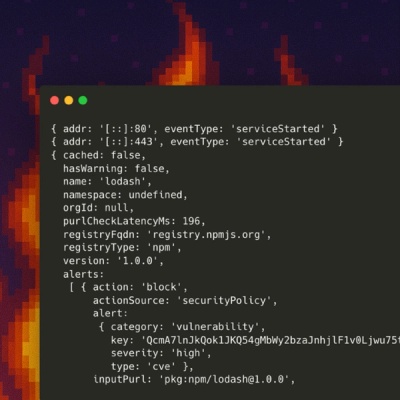react-error-boundary
A simple, reusable React error boundary component for React 16+.


React v16 introduced the concept of “error boundaries”.
This component provides a simple and reusable wrapper that you can use to wrap around your components. Any rendering errors in your components hierarchy can then be gracefully handled.
Usage
The simplest way to use <ErrorBoundary> is to wrap it around any component that may throw an error.
This will handle errors thrown by that component and its descendants too.
import ErrorBoundary from 'react-error-boundary';
<ErrorBoundary>
<ComponentThatMayError />
</ErrorBoundary>
You can react to errors (e.g. for logging) by providing an onError callback:
import ErrorBoundary from 'react-error-boundary';
const myErrorHandler = (error: Error, componentStack: string) => {
};
<ErrorBoundary onError={myErrorHandler}>
<ComponentThatMayError />
</ErrorBoundary>
You can also customize the fallback component’s appearance:
import { ErrorBoundary } from 'react-error-boundary';
const MyFallbackComponent = ({ componentStack, error }) => (
<div>
<p><strong>Oops! An error occured!</strong></p>
<p>Here’s what we know…</p>
<p><strong>Error:</strong> {error.toString()}</p>
<p><strong>Stacktrace:</strong> {componentStack}</p>
</div>
);
<ErrorBoundary FallbackComponent={MyFallbackComponent}>
<ComponentThatMayError />
</ErrorBoundary>
You can also use it as a higher-order component:
import { ErrorBoundaryFallbackComponent, withErrorBoundary } from 'react-error-boundary';
const ComponentWithErrorBoundary = withErrorBoundary(
ComponentThatMayError,
ErrorBoundaryFallbackComponent,
onErrorHandler: (error, componentStack) => {
},
);
<ComponentWithErrorBoundary />





